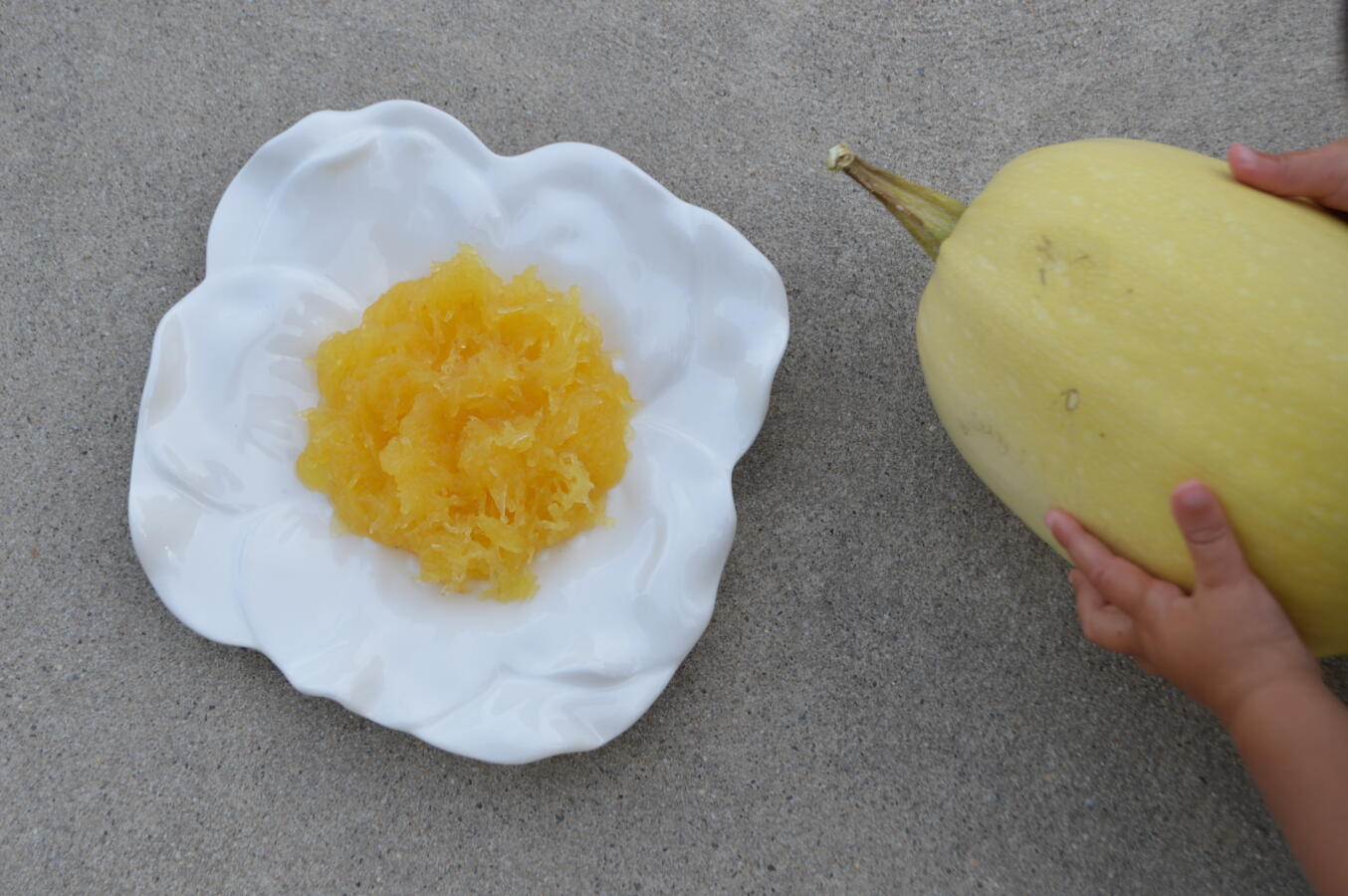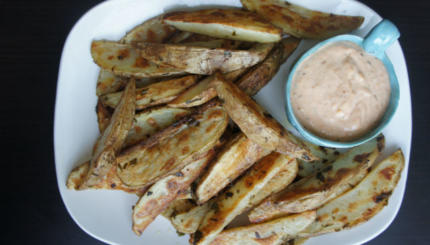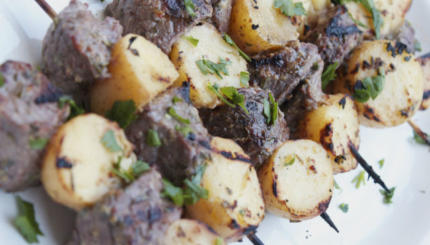Everybody knows about dipping apples in honey to celebrate Rosh Hashanah for a “sweet” year. But in the Syrian tradition, we have an entire before the meal. There are actually many symbolic foods we make blessings on for the Jewish New Year.
In one of these prayers, we ask God to tear up any enemies’ decrees against the Jewish people. The Hebrew word for gourd, kara, resembles the word karaa, which means to rip. Before eating the gourd, we say, “May it be your will, Adonai, our God, God of our forefathers, that You tear up the evil edict of our judgment and may our merits be declared before you.” The gourd from our childhood was neon green and smelled like old ladies’ perfume, not to mention supremely freezer burned. It’s not uncommon to make (or buy) a batch, and store it in the freezer year after year until it runs out.
In my version of candied gourd I prefer to omit the green food coloring that gives the traditional version its signature color, as well as the rosewater. Rosewater is a key ingredient in many Middle Eastern sweets, so if you choose to use it just remember that a little goes a long way—just a drop is more than enough.
We actually prefer to use spaghetti squash as a more accessible alternative to gourd, but pumpkin, acorn squash or any winter gourd can be used. It is traditionally prepared as a sweet dish to go with the theme of a sweet new year—the same reason we eat dates and apples dipped in honey.
The Nosher celebrates the traditions and recipes that have brought Jews together for centuries. Donate today to keep The Nosher's stories and recipes accessible to all.

The other symbolic foods that our family eats during the seder are dates, leeks, pomegranate, black-eyed peas, swiss chard, fish head, lamb head, or tongue, and a “new” fruit to say the shehechiyanu blessing on, which only has to be new for the year, and is usually starfruit.
Ingredients
1 cup sugar
1/3 cup water
juice of ½ lemon
1 spaghetti squash
1 drop rosewater (optional)
1 drop green food coloring (optional)
Directions
Preheat the oven to 350 degrees. Cut the squash in half, remove the seeds and roast with the cut side down for about 30 minutes.
Meanwhile, combine the water, sugar, and lemon juice in a pot. Bring the mixture to a boil over medium-high heat, stirring constantly. Reduce the heat to a simmer and continue cooking for 20 minutes, until the syrup is thick. Add rosewater, if using.
Scoop the flesh out of the squash and mix with the syrup. Feel free to add a drop of green food coloring here.
Love Jewish food? Sign up for our weekly Nosher recipe newsletter!




